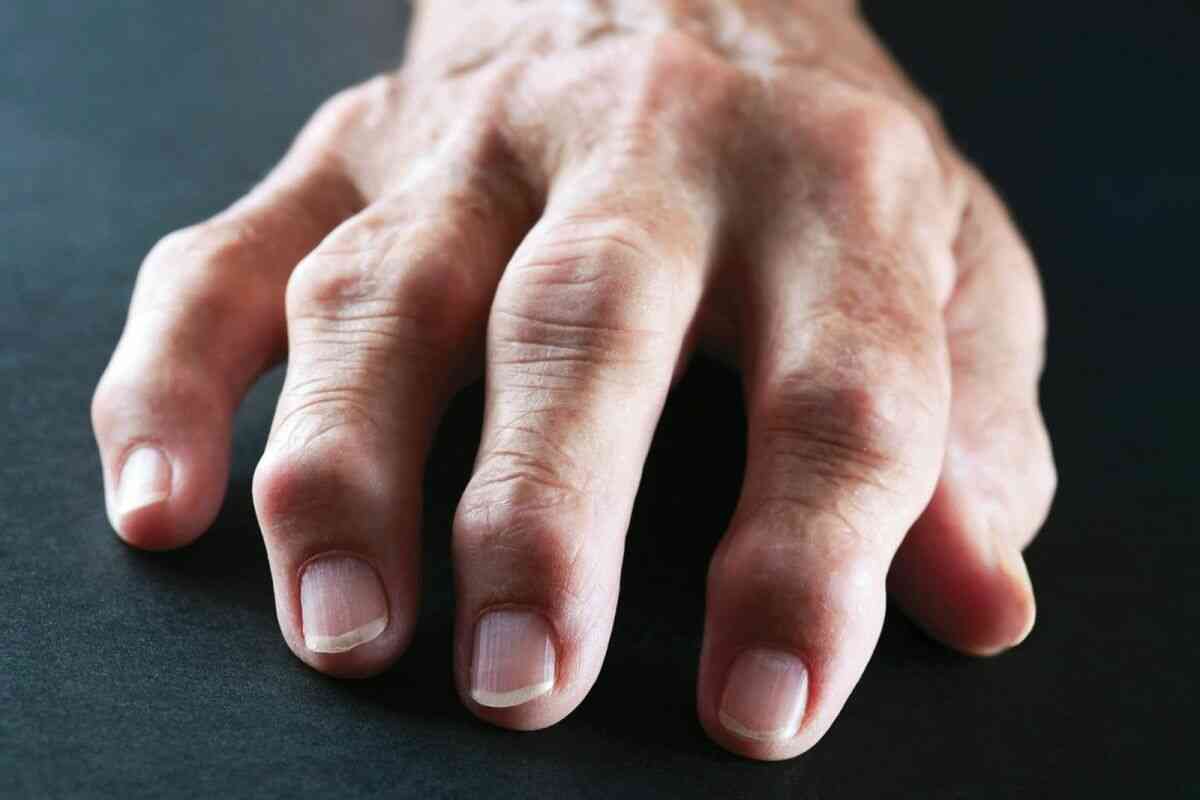6 Early Signs Of Rheumatoid Arthritis You Need To Know About

Rheumatoid arthritis develops when your immune system inadvertently attacks the synovium which covers your joints.
Rheumatoid arthritis develops when your immune system inadvertently attacks the synovium which covers your joints. It is an autoimmune disorder with no known cause affecting up to 1% of adults in the developed world. Early symptoms usually show around middle age, but they can occur as early as in the teenage years and early adulthood. Some of the early symptoms to look out for include:
1. Joint inflammation
As the synovium is attacked by the immune system, it causes the synovium to become inflamed. Inflammation is part of the immune response whereby the damaged synovium cells release chemicals that cause blood vessels to leak fluids into the surrounding tissue. This is done to isolate the potentially harmful pathogens. In the case of rheumatoid, your immune system mistakes your synovium for a pathogen and destroys it.
The resulting fluid build-up then causes the inflammation of the joints because the synovium is a membrane that covers the entire joint. Initially, the swelling will be minimal, but it will get worse with time causing the joints to become really swollen
2. Joint pain
There are nerves that run along the outside of the joint around the synovial membrane. When this membrane is inflamed, these nerves experience increased pressure, causing pain around the joint.
3. Redness and warmth
These are both caused by the immune response of the body. Inflammation causes blood vessels to leak fluid, which makes the joint filled with blood making it reddened at the same time causing heat to be generated.
4. Joint stiffness
Due to the erosion of the synovium, movement of the joint becomes limited causing stiffness. The synovium is responsible for keeping the synovial fluid maintained at an ideal level, but with damage, the synovial fluid levels become diminished. Joint stiffness due to rheumatoid arthritis is especially severe in the morning or after long periods of rest and lasts for up to an hour. Gently moving the joint will relieve the stiffness.
5. Joint deformity
As the synovial fluid continues to be diminished, the cartilage wears off and bone begins to rub against each other causing spurs that deform the joint. This is especially unique to rheumatoid arthritis.
6. Other signs and symptoms of rheumatoid arthritis
Other early signs and symptoms of rheumatoid arthritis include
- Fever
- Loss of appetite
- Weight loss
- Difficulty sleeping
- Chest pain while breathing
- General weakness
- Malaise
- Dry mouth
- Eye discharge
- Hard lumps under the skin usually on the arms and forearms, etc
How to spot symptoms of rheumatoid arthritis
Most of the symptoms of rheumatoid arthritis can be confused with those of other joint disorders, so it’s important to distinguish rheumatoid arthritis from other conditions. Some unique and identifying symptoms are:
- Persistence – for most joint problems, the symptoms will disappear or diminish with time as your body repairs and heals the joint. On the other hand, symptoms of rheumatoid arthritis will remain consistent for weeks and even get worse with time. It is generally recommended to visit a doctor if you have any of the above symptoms lasting for more than 6 weeks
- Symmetry – symptoms of rheumatoid arthritis will often affect alternate joints on the left and right sides of the body. Again, this is unique to rheumatoid arthritis because other joint problems will only be found on one side of the body
- Response to activity – mechanical arthritis usually caused by trauma will cause pain with continued or prolonged use, but rheumatoid arthritis symptoms will dissipate with movement. If you notice the above symptoms reducing the more you use the joint, it could indicate rheumatoid arthritis.
Once diagnosed with rheumatoid arthritis living with this disease is not an easy thing. It is very important to stay active and be on the movement all the time. However, you should rest while the joint is inflamed. Only gentle motions, in order to keep or even improve the movement, is helpful. You can choose walking, aerobic exercises with a low impact, etc. This will keep the joints flexible.
Painkiller medications, especially over-the-counter painkillers are often recommended when trying to relieve the pain and discomfort caused by rheumatoid arthritis. Your rheumatologist can help you manage the situation better. Patients who receive treatment early, tend to feel better soon and tend to live a healthy and active life for longer. Make sure to contact your pain management clinic if you experience rheumatoid arthritis symptoms.

